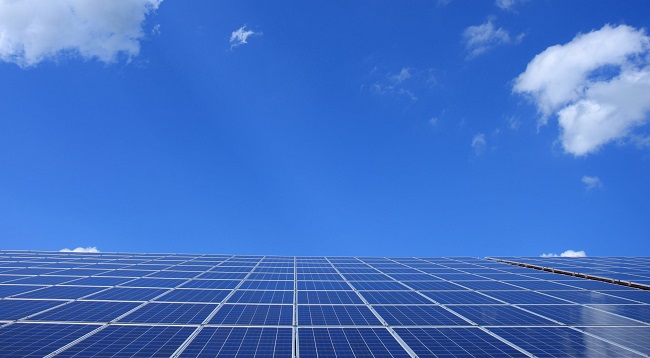We're wrapping up our series on Net Metering by taking a closer look at Kwa-Zulu Natal. What progress has been made in integrating Small-Scale Electricity Generation (SSEG) into the local electricity network? Read our article to find out more.
Did you miss out on previous articles in our Net Metering series? Click below to catch up now:
Part One - what is net metering, how does it work and what are its benefits?
Part Two - learn more about the device used in net metering
Net Metering in Kwa-Zulu Natal
eThekwini municipality will be launching a pilot program to enable the integration of Small-Scale Electricity Generation (SSEG) to the local electricity network. The purpose of this is to:
- Facilitate the safe and orderly interconnection of SSEG systems
- Provide investment certainty and fair compensation to SSEG customers.
- Promote local economic development and job growth through the creation of a local SSEG industry.
How to Apply to be a SSEG
An application process has been created to collect and assess information with regards to the connection of SSEG systems to the grid. An approval must be obtained from the municipality before the installation can commence. The installation must adhere to the technical guidelines set out and must be done in a safe and according manner.
What is the Feed in Energy Rate for the Pilot Program?
SSEG customers will be able to consume the electricity that is produced on site thus reducing the energy costs. There are various tariffs that are set out depending on whether it is a residential, business or an industrial SSEG customer but these tariffs are yet to be confirmed. The tariff structure will provide financial credit to the customer when electricity is exported to the grid.
The Feed-In-Energy Rate is set based on these two factors:
- The municipality will purchase electricity from the SSEG at the same rate that it is bought from the municipality
- The tariffs set by the municipality will be set in a simple manner for the customers. This means that an SSEG customer within a certain rate class will have a similar tariff rate as before the system was installed.
Click HERE to read more about eThekwini Tariffs and the rolling out of the pilot program.
Renewable energy solutions are particularly attractive in the face of load shedding, poor power quality, excessive grid power prices, or perhaps the desire to be grid independent.
Due to the rising costs of electricity and the reduction in price for solar systems, it is becoming a financially viable option to invest solar photovoltaic (PV) solutions. Once net metering becomes standardized in SA, solar will undoubtedly become even more attractive.
Considering solar or back-up power? CHAT to us for expert advice on the best solutions for your application!


